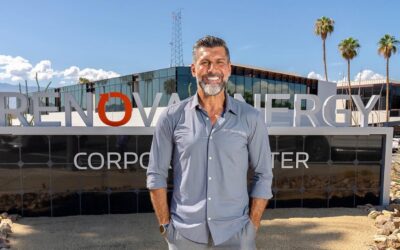Though there are a number of new business buzzwords floating around today’s office, there is one that has had some significant staying power: sustainability. Growing in popularity since the 90’s, the term and the concept is everywhere: cities have sustainability commissions; companies have chief sustainability officers; countless nonprofits have sustainability-focused missions; bloggers can gain a massive audience by writing about sustainability. As ever-present as the term seems to be, is sustainability even an achievable goal, and how will we know if it’s been met?
We might start by noting that the term means different things to different people, and that this is legitimately caused by differing roles and perceptions. The recent business school graduate will have an entirely different view of sustainability than will the environmental activist. Boiling it down to its essence, sustainability is the ability to keep going down the current path, ideally without adverse effects. One of the true beauties of sustainability is that while the perspective of the business school graduate and the environmental activist may differ, they are not mutually exclusive, and are increasingly becoming complementary. Good business practices, you see, are sustainable ones.
At CVEP, we believe in the triple bottom line of people, profit, and planet. The original Palm Springs iHub was started for the purpose of taking advantage of the area’s natural resources – sun, wind, geothermal – in order to facilitate entrepreneurial growth in environmental sustainability. The formula has proven to be successful, attracting diverse companies working towards the same goal of building sustainable businesses. Encompassing hot-water as well as photovoltaic solar, water conservation, energy storage, and hyper-efficient manufacturing processes, all of the companies in the Coachella Valley iHub network are at the region’s leading edge of sustainable innovation.
Long-term success in business relies on innovation, and innovation does not always mean creating something brand new. Innovations within businesses are often incremental improvements or moderate shifts which create large benefits when implemented at scale. Amazon doesn’t disclose how many boxes they ship, but low-end estimates are about 3 million per day. Despite being recyclable, few people believe that churning through 3 million boxes per day is a good idea – or a sustainable one. Amazon has only begun to address the issue, but the option to group items into as few shipments as possible is a start, and technology partnerships are rumored to be in development which could allow for packaging-free delivery in the future. Companies such as Amazon have sustainability departments that are charged with identifying and implementing sustainable solutions to large-scale problems like these, and customers are paying attention to what they do.
Consumers are looking for brands that match their values – and with the proliferation of information available online, it has become relatively easy for consumers to learn with which brands they are aligned. Recent studies have found that at least 50% and probably closer to 75% of customers will make their purchasing decisions with environmental sustainability in mind. Knowing that, even the most profit-focused of businesspeople can be convinced that intentionally implementing sustainable practices is worthwhile.
For those who are actively working towards building sustainability into their businesses – whether ultimately for environmental or financial purposes – the aspiration is for sustainable business practices to become the norm, rather than the elevated goal of only the most virtuous companies. And if that happens, what we now call sustainable practices will just become practices. And when that day comes, we’ll have to move on to a new buzzword.




